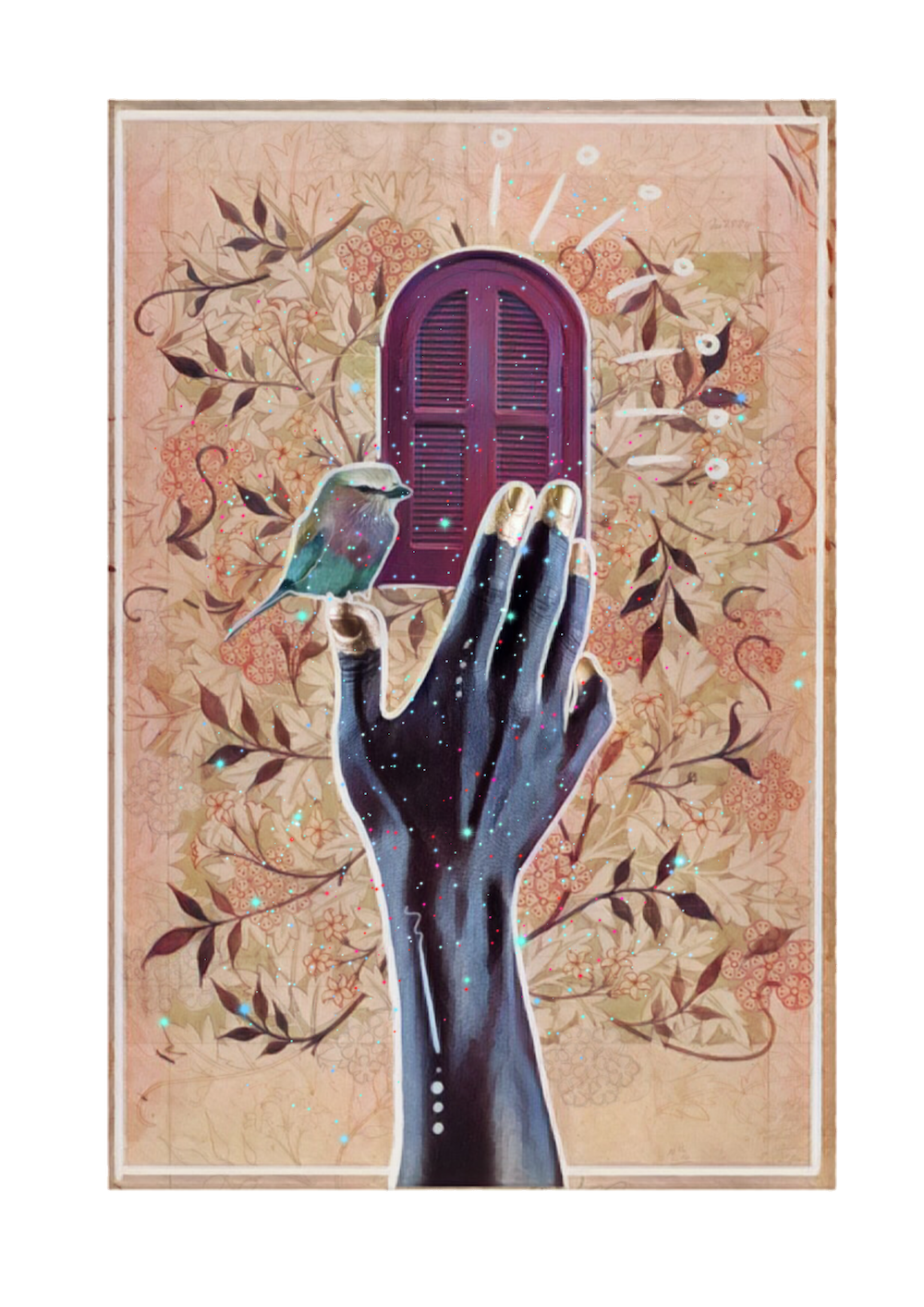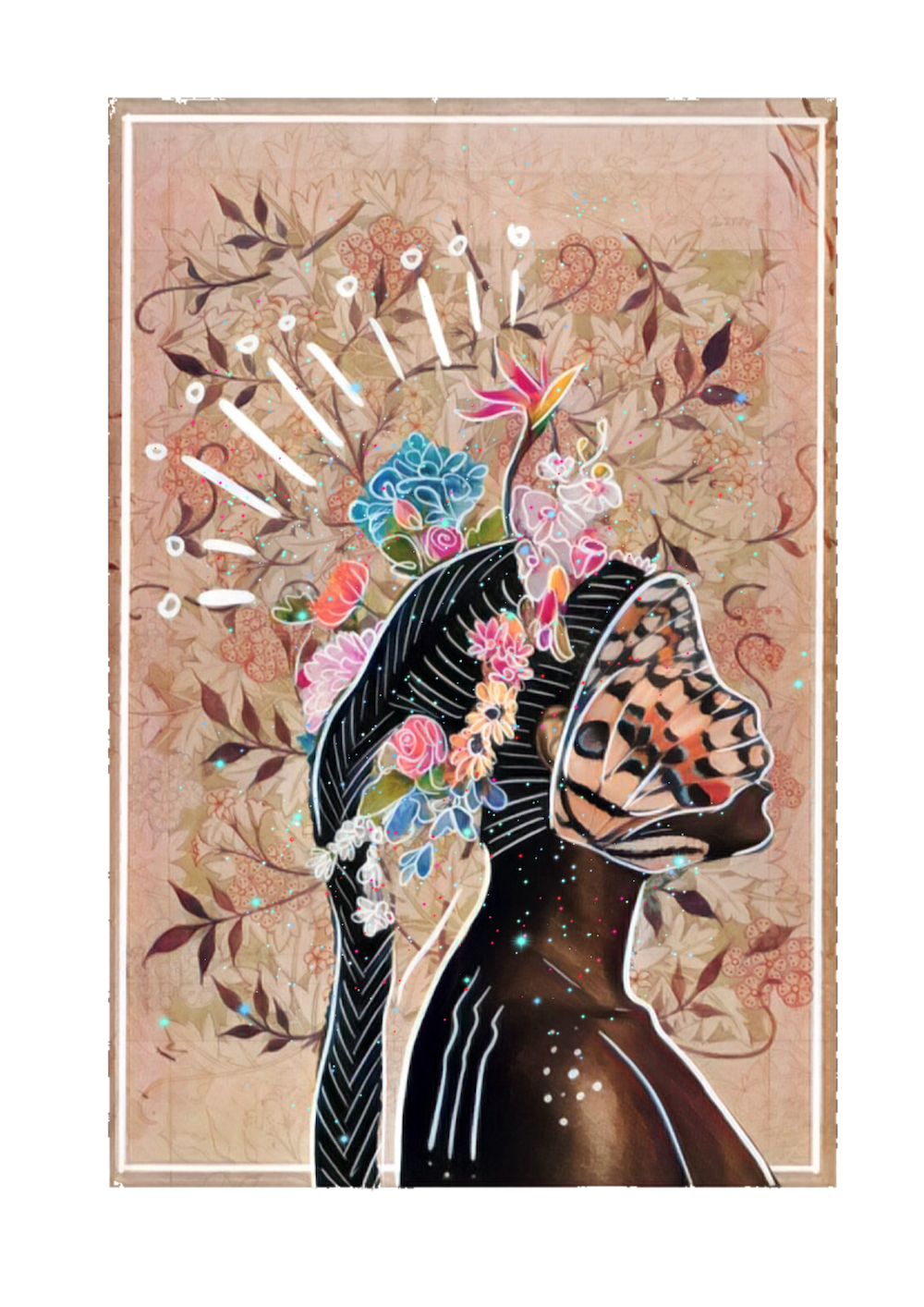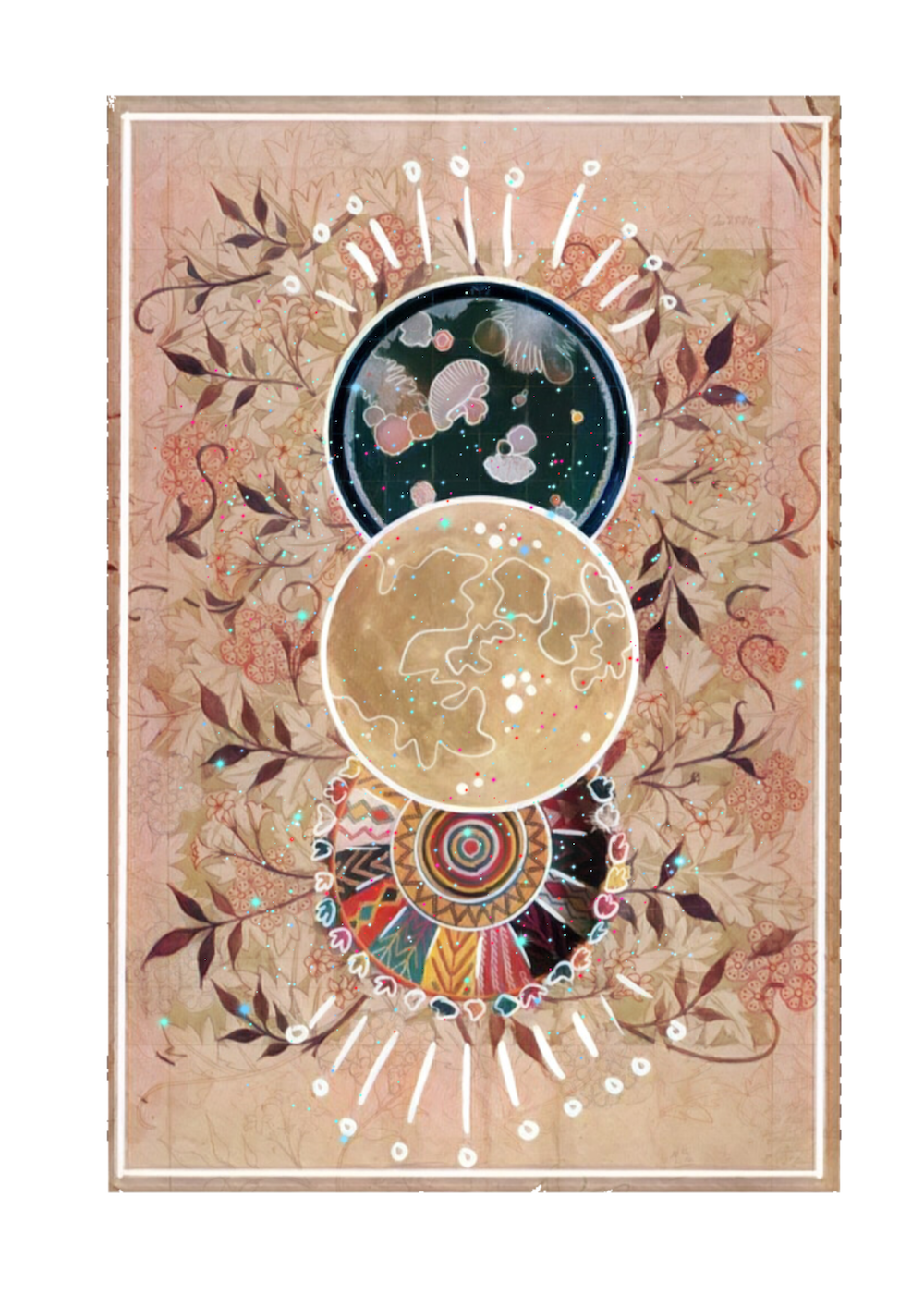By Marion Atieno
2020 was a great awakening for me. The pandemic, the collective response to the murder of George Floyd and the disproportionate impacts of the pandemic on communities of colour, including my community, was complex for me to process and experience.
Last year posed a question for me that I believe is the creative calling of the Anthropocene: What does it mean to be human to another and to all life on Earth?
My creative collaboration with Project Unsung has been an invitation for me to explore this question through the creative medium. Project Unsung is a collaboration between UNHCR Innovation Service and six creative collaborators to create products that explore dominant narratives and assumptions in the innovation and humanitarian space, and inspire strategic thinking on prominent or emerging global issues.
One of the main insights for me has been to explore what creative imagination means in my practice as an environmentalist. These are some insights I’m becoming aware of.

On creative imagination
People and natural ecosystems, that strive to live in the face of oppressive societies, express a level of creative ingenuity that can go unnoticed because the end goal is survival.
Creativity is putting food on your children’s plate with no means of income. It’s surviving one more day without deportation. It’s playing a podcast out loud as you walk home at night, to give an unwelcome stranger the illusion that you are not alone ( i.e. protected). It’s adapting to life in an acidic ocean when members of your species continue to die. Creative survival is how one attempts to thrive within a system fundamentally designed to oppress or harm you.
People and natural ecosystems are not lacking ingenuity, they are lacking opportunity – essentially the opportunity to be and to live. I believe the Anthropocene calls for another space of creativity, beyond creative survival, what I call creative imagination.
Creative imagination in the face of oppressive systems is refusing to give up your hope and actively nourishing your capacity to be hopeful. It is what Desmond Tutu calls to be a ‘prisoner of hope’ and Toni Morrison refers to it as the ‘cultivation of goodness.’
There is a stubbornness to hope that eventually bends reality to its will. Even if I cannot perceive it, I know that society is capable of nurturing community, wellness, and equality within ourselves and all life on Earth. My work is nourishing that capacity to be hopeful in myself and cultivating expressions of hope in my work, relationships, and communities.

Creativity and grieving
My creative practices as part of Project Unsung and in creating my new podcast, Black Earth, has allowed me the time to grieve. In 2021, I am launching Black Earth which is an interview podcast celebrating nature and inspiring Black women environmentalists around the world.
Working in sustainable development policy, I had acquired the collective practice of numbing myself from the data, the projected trends of collapse, extinction, and violence in our relationship with the earth.
This project and Black Earth podcast has given me space to grieve the ongoing experiences of communities around the world and the histories of my ancestors in the transatlantic slave trade. What some people speculate as future scenarios of the apocalypse are the histories and ongoing realities of other people and ecosystems.
To create these two projects, I had to allow myself to feel it, to really process these complex emotions, and to create spaces (listening circles) with other ecologists, where we could grieve what is happening and express gratitude for what is still possible.
It’s possible to develop technical solutions to the symptoms of the ecological crisis while still numbing yourself, but I don’t think it’s possible to truly create new futures while numbing yourself to the realities and futures unfolding. If we want to create futures, we need collective practices for grieving what we might encounter in the creation process. The Anthropocene does not need more technical solutions, it needs our liberation.

On creativity and time
There is a culture of ‘running out of time’ in both the conservation and humanitarian sectors. This is different from the urgent attention required of us to attend to the events we face in our work. The ‘running out of time’ culture, I’m referring to, necessitates that we have the answers before we go to work and I wonder how this affects our ability to create.
Creation needs time to attend to others, to the present moment, to explore alternative paths with openness, humility, and determination. It requires time to reflect with others, question our assumptions, expectations, and conclusions. Creation needs time for us to ‘not know’. It requires time to suspend judgments, and renege on conclusions that you cling to for order, security, esteem. The facilitators of Project Unsung gave me space to ‘not know’ and I think through the artefacts created, I had time to explore questions that I may not have otherwise explored because I didn’t give myself the time to not know.
When we act from a place of ‘running out of time’, we relinquish the possibility of not knowing. We have to reclaim this time back. We have to reclaim our time of not knowing so we can leave our own ideological islands in search of real answers.
On renewal
My initial response to the question of imagining the futures of displacement and ecological change, was one of fatalistic doom. I tried to imagine ways out of the projected trends of sea level-rise, droughts, and water scarcity. I tried to imagine solutions to get us out of the sixth mass extinction. This effort limited me because there are infinite ways our futures could unfold as a result of interactions we choose and events that happen.
So, I decided to remain committed to the project theme of renewal and through these articles, and explore what renewal might mean for us in the Anthropocene. Rather than explore the infinite pathways to avert the ongoing ecological changes, I started to ask a new question, which I referred to earlier; What does it mean to be human to another and to all life on Earth?
Even if the current projected drivers of ecological loss had no remarkable impact on life on Earth, would it make it ok for us to be and live the human experience this way? Would infinite economic growth, and a throwaway culture be the most life-giving ways to be human?
Through this question, this is where I found the most creative potential. To be human in the Anthropocene is to create new narratives of humanity’s relationship with all life on Earth that goes beyond treating this living planet as an inanimate place that exists to serve our survival and self-actualisation needs. It is to amplify stories which affirm our relationship with the natural environment as an essential component of all expressions of human dignity – safety, belonging, identity, agency, solidarity, justice, and, of course, creativity. We cannot be fully human while nature is degraded and violated and nature cannot thrive if human beings continue to be degraded and violated. It is to live daily with the awareness that we are one percent of all life on Earth and to allow that awareness to inspire us to greater humility and reverence for the planet.
This page is part of UNHCR’s Project Unsung collection and portfolio. Project Unsung is a speculative storytelling project that brings together creative collaborators from around the world to help reimagine the humanitarian sector. To discover move about the initiative and other contributions in the collection, you can go to the project website here.

